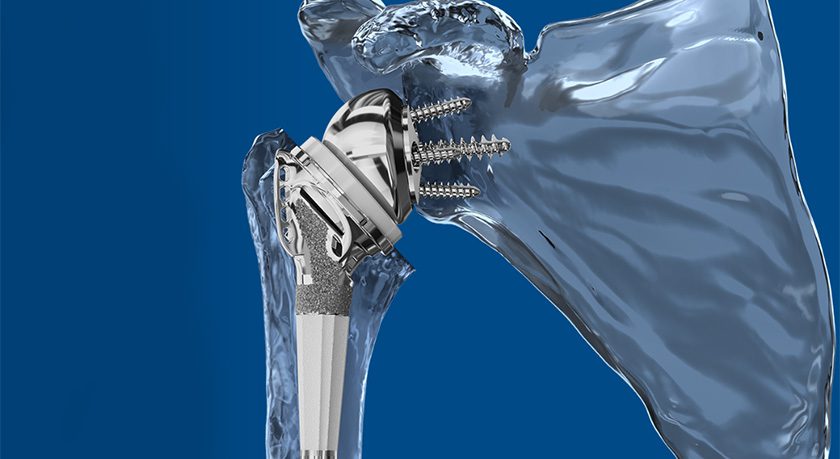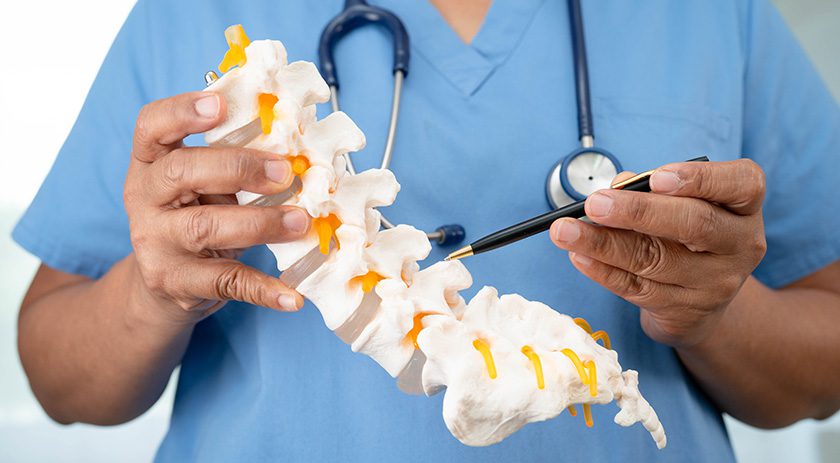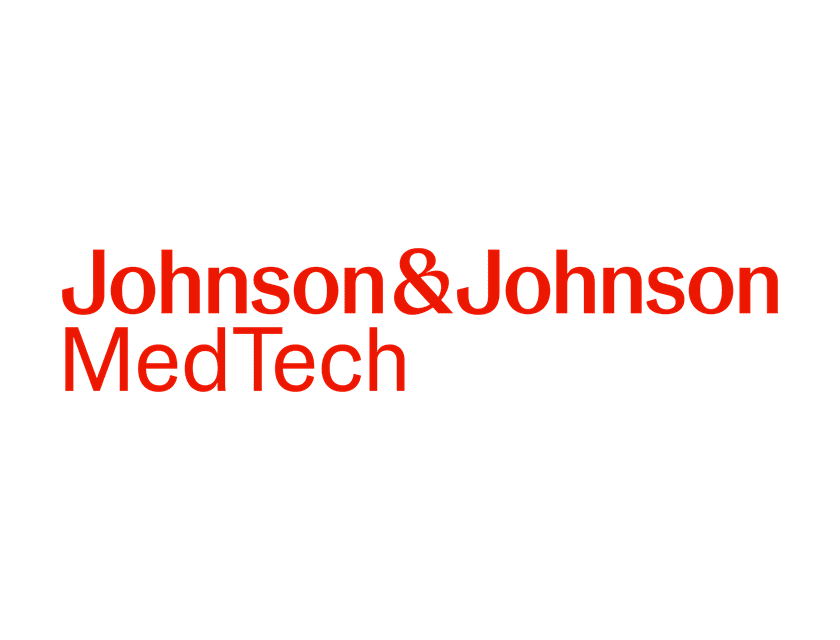

 Copy to clipboard
Copy to clipboard 
It has been a long time since the orthopedic market saw companies file for initial public offerings (IPOs). However, recent IPOs by Carlsmed and Shoulder Innovations could signal a thawing of the landscape.
Below, we’ll examine IPO activity, or lack thereof, in orthopedics in recent years and highlight some key points about Carlsmed and Shoulder Innovations.
For the purposes of this analysis, we’re setting aside Monogram Orthopedics’ 2023 Regulation A+ IPO, a type of offering created by the JOBS Act for the purpose of giving greater capital access to smaller companies.
Recent History for Orthopedic IPOs
In the wake of the pandemic, we wrote that the IPO activity was off the charts across industries. In 2019, Nasdaq had 124 IPOs that raised $24 billion for the entire year. Through the first three quarters of 2021, it had 560 new listings raising more than $136 billion through traditional IPOs, special purpose acquisition companies and direct listings.
From 2016 through 2021, 11 orthopedic companies filed IPOs. Bioventus, Paragon 28 and Treace Medical went public in 2021, but they were the last companies to do so before the window slammed shut.
An unsettled market and high interest rates created risk-adverse investors. Focus shifted to later-stage companies with a clear line of sight to commercialization and profitability.
Charles Hamilton, Managing Director of Piper Sandler Healthcare, said the next wave of companies was making preparations for IPOs but predicted they’d likely have to wait until the second half of 2025 or early 2026.
Carlsmed and Shoulder Innovations made the jump on cue.
Carlsmed
2023 Revenue: $14.7 million
2024 Revenue: $27.1 million (+85%)
2025E Revenue: $45.8 million (+69%)
Carlsmed uses patient-specific surgical plans and 3D-printed devices for lumbar spine fusion. In July, the company launched its IPO, offering 6.7 million shares of common stock. Carlsmed intends to use the proceeds from the offering to support commercialization and expansion in cervical fusion by 2026.
Carlsmed merged with Precisive Surgical in 2019 to develop an end-to-end personalized surgical workflow platform. The company’s aprevo interbody achieved FDA clearance and Breakthrough Device Designation in late 2020. The device received the third-largest New Technology Add-On Payment ever.
If not for market disruption following the pandemic, we think Carlsmed could have gone public a while ago. In 2022, we wrote about the company’s potential to markedly improve healthcare economics with its technology.
According to the company, 46% of adults with spinal deformity surgery have complications, and 26% require revision surgery. Only 51% of procedures achieve the pre-operative plan for alignment.
Carlsmed Founder and CEO Mike Cordonnier said, “With our superior healthcare economics, we’re delivering value to hospitals. In many cases, we’re decreasing their cost of care directly for every patient as well as developing value for the payors. Our unique business model can provide this technology at high gross margins and continue to drive the growth of this personalized technology model.”
Shoulder Innovations
2023 Revenue: $19.2 million
2024 Revenue: $31.6 million (+64.1%)
2025E Revenue: $43.6 million (+38%)
Shoulder Innovations makes advanced implant systems and planning software for shoulder arthroplasty. The company filed for a $100 million IPO in July. Proceeds will support commercialization, expansion of the leadership team and investment in additional instrument sets.
Shoulder Innovations’ InSet glenoid technology provides the potential for a greater amount of mechanical stability between the implant and the bone and specifically addresses the rocking horse effect in total shoulder replacement.
The company identified the emergence of ASCs as a key competitive advantage, as its ecosystem is tailor-made for efficiency. Shoulder Innovations CEO Rob Ball previously spoke at OMTEC and reflected on that advantage.
“The reality is for most implants out in the market, it’s very difficult to change the surgical techniques,” he said. “Sitting down with about eight trays of instruments and seeing which ones we can chuck out of the box and make this smaller footprint tends to be somewhat impossible; you have to go back and reconceive how the implant and the surgical technique are executed.”
Looking Ahead
Carlsmed and Shoulder Innovations may be the first wave of IPOs in a new cycle. Both companies core value proposition includes a novel approach and differentiated enabling technology.
The companies both play in highly competitive spaces that are dominated by massive companies with scale and robust technology ecosystems. Let’s take stock of the last batch of orthopedic IPOs. Between 2016 and 2021, there were 11 orthopedic IPOs. Of those:
- 3 were withdrawn (Spinal Elements, SpineEx and Ellipse Technologies)
- 1 has struggled (Bioventus)
- 1 was acquired for $1.1 billion (Paragon28)
- 3 have performed well (Treace Medical, Medartis and OrthoPediatrics)
- 3 have performed extraordinarily well (Medacta, SI-BONE and BONESUPPORT)
Given today’s more stable market, we think Carlsmed and Shoulder Innovations have the ingredients in place to drive substantial sales growth (and acquisition interest).
It has been a long time since the orthopedic market saw companies file for initial public offerings (IPOs). However, recent IPOs by Carlsmed and Shoulder Innovations could signal a thawing of the landscape.
Below, we'll examine IPO activity, or lack thereof, in orthopedics in recent years and highlight some key points about Carlsmed and...
It has been a long time since the orthopedic market saw companies file for initial public offerings (IPOs). However, recent IPOs by Carlsmed and Shoulder Innovations could signal a thawing of the landscape.
Below, we’ll examine IPO activity, or lack thereof, in orthopedics in recent years and highlight some key points about Carlsmed and Shoulder Innovations.
For the purposes of this analysis, we’re setting aside Monogram Orthopedics’ 2023 Regulation A+ IPO, a type of offering created by the JOBS Act for the purpose of giving greater capital access to smaller companies.
Recent History for Orthopedic IPOs
In the wake of the pandemic, we wrote that the IPO activity was off the charts across industries. In 2019, Nasdaq had 124 IPOs that raised $24 billion for the entire year. Through the first three quarters of 2021, it had 560 new listings raising more than $136 billion through traditional IPOs, special purpose acquisition companies and direct listings.
From 2016 through 2021, 11 orthopedic companies filed IPOs. Bioventus, Paragon 28 and Treace Medical went public in 2021, but they were the last companies to do so before the window slammed shut.
An unsettled market and high interest rates created risk-adverse investors. Focus shifted to later-stage companies with a clear line of sight to commercialization and profitability.
Charles Hamilton, Managing Director of Piper Sandler Healthcare, said the next wave of companies was making preparations for IPOs but predicted they’d likely have to wait until the second half of 2025 or early 2026.
Carlsmed and Shoulder Innovations made the jump on cue.
Carlsmed
2023 Revenue: $14.7 million
2024 Revenue: $27.1 million (+85%)
2025E Revenue: $45.8 million (+69%)
Carlsmed uses patient-specific surgical plans and 3D-printed devices for lumbar spine fusion. In July, the company launched its IPO, offering 6.7 million shares of common stock. Carlsmed intends to use the proceeds from the offering to support commercialization and expansion in cervical fusion by 2026.
Carlsmed merged with Precisive Surgical in 2019 to develop an end-to-end personalized surgical workflow platform. The company’s aprevo interbody achieved FDA clearance and Breakthrough Device Designation in late 2020. The device received the third-largest New Technology Add-On Payment ever.
If not for market disruption following the pandemic, we think Carlsmed could have gone public a while ago. In 2022, we wrote about the company’s potential to markedly improve healthcare economics with its technology.
According to the company, 46% of adults with spinal deformity surgery have complications, and 26% require revision surgery. Only 51% of procedures achieve the pre-operative plan for alignment.
Carlsmed Founder and CEO Mike Cordonnier said, “With our superior healthcare economics, we’re delivering value to hospitals. In many cases, we’re decreasing their cost of care directly for every patient as well as developing value for the payors. Our unique business model can provide this technology at high gross margins and continue to drive the growth of this personalized technology model.”
Shoulder Innovations
2023 Revenue: $19.2 million
2024 Revenue: $31.6 million (+64.1%)
2025E Revenue: $43.6 million (+38%)
Shoulder Innovations makes advanced implant systems and planning software for shoulder arthroplasty. The company filed for a $100 million IPO in July. Proceeds will support commercialization, expansion of the leadership team and investment in additional instrument sets.
Shoulder Innovations’ InSet glenoid technology provides the potential for a greater amount of mechanical stability between the implant and the bone and specifically addresses the rocking horse effect in total shoulder replacement.
The company identified the emergence of ASCs as a key competitive advantage, as its ecosystem is tailor-made for efficiency. Shoulder Innovations CEO Rob Ball previously spoke at OMTEC and reflected on that advantage.
“The reality is for most implants out in the market, it’s very difficult to change the surgical techniques,” he said. “Sitting down with about eight trays of instruments and seeing which ones we can chuck out of the box and make this smaller footprint tends to be somewhat impossible; you have to go back and reconceive how the implant and the surgical technique are executed.”
Looking Ahead
Carlsmed and Shoulder Innovations may be the first wave of IPOs in a new cycle. Both companies core value proposition includes a novel approach and differentiated enabling technology.
The companies both play in highly competitive spaces that are dominated by massive companies with scale and robust technology ecosystems. Let’s take stock of the last batch of orthopedic IPOs. Between 2016 and 2021, there were 11 orthopedic IPOs. Of those:
- 3 were withdrawn (Spinal Elements, SpineEx and Ellipse Technologies)
- 1 has struggled (Bioventus)
- 1 was acquired for $1.1 billion (Paragon28)
- 3 have performed well (Treace Medical, Medartis and OrthoPediatrics)
- 3 have performed extraordinarily well (Medacta, SI-BONE and BONESUPPORT)
Given today’s more stable market, we think Carlsmed and Shoulder Innovations have the ingredients in place to drive substantial sales growth (and acquisition interest).

You’ve reached your limit.
We’re glad you’re finding value in our content — and we’d love for you to keep going.
Subscribe now for unlimited access to orthopedic business intelligence.
ME
Mike Evers is a Senior Market Analyst and writer with over 15 years of experience in the medical industry, spanning cardiac rhythm management, ER coding and billing, and orthopedics. He joined ORTHOWORLD in 2018, where he provides market analysis and editorial coverage.







